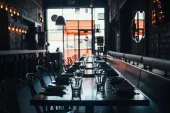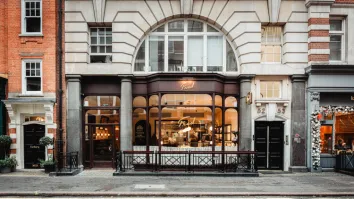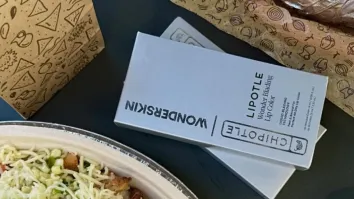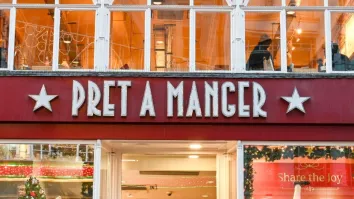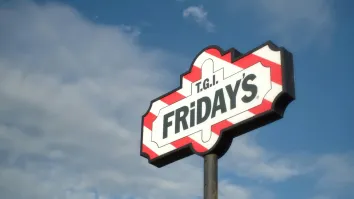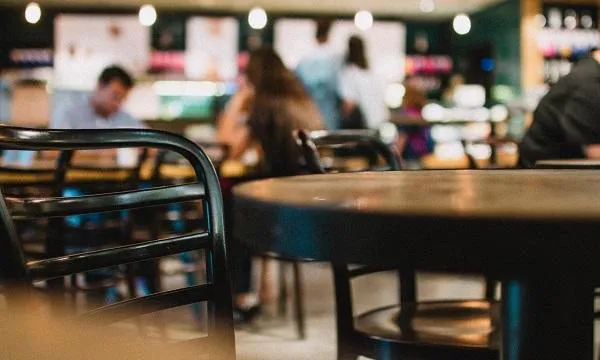
Losses at top 100 restaurant groups surges 112% to £571m
A wave of restructuring is forecasted to continue in the restaurant sector.
Losses at the top 100 UK restaurant groups skyrocketed 112% to £517 million last year, rising from reported losses of £269 million at the end of last month.
UHY Hacker Young said the losses are expected to continue, as restaurants have been forced to shut again because of the latest coronavirus restrictions.
Trade body UKHospitality urged the government to do more to help the sector by extending the reduced 5% of VAT on the sector until the end of 2021 to prevent a wave of redundancies. VAT is scheduled to revert back to 20% at the end of March.
“These figures reveal how seriously the UK restaurant industry was already struggling pre-pandemic. The most worrying part is the restaurants will be still having to absorb the impacts of lockdowns for weeks or months to come,” Peter Kubik, partner at UHY Hacker Young, said.
“The government has stepped in to help but it’s likely that even more will need to be done – very few industries have been hit as hard as restaurants. At the very least the hospitality VAT cut will almost certainly have to be extended.”
UHY Hacker Young added that a wave of restructuring is likely to continue in the restaurant sector, particularly the use of Company Voluntary Arrangements (CVAs) to keep businesses afloat.
A separate report from IGD and foodservice consultant Peter Backman further quantified how the pandemic shifted spend from foodservice to retail channels in 2020, with total UK food and drink market sales declining by 12%.
Grocery retail share of the market grew from 64% in 2019 to 81% in 2020 whilst the eating out sector shrank by over 50%.
“Food and drink retail sales grew by 9.9% in 2020 and e-commerce was the clear winner in the sector as shoppers switched to online due to lockdown restrictions and stay-at-home guidance. But the overall food and drink market declined by 12%, predominantly driven by consumers eating more meals at home due to government closures within the eating out sector,” Nicola Knight, Senior Retail Analyst at IGD, said.
Q2 is expected to be a “critical period” for the eating out industry, Backman said.
“Without any current indication of when the industry will reopen or government support, many businesses are sitting on a knife edge. We’ll see property debts, plus substantial hospitality costs due and the end of support measures, which will sadly mean that many businesses will have no choice but to shut up shop,” he said.
“That said, the swift roll-out of the vaccine and an increase in consumer confidence are likely to paint a brighter picture for the second half of the year.”

